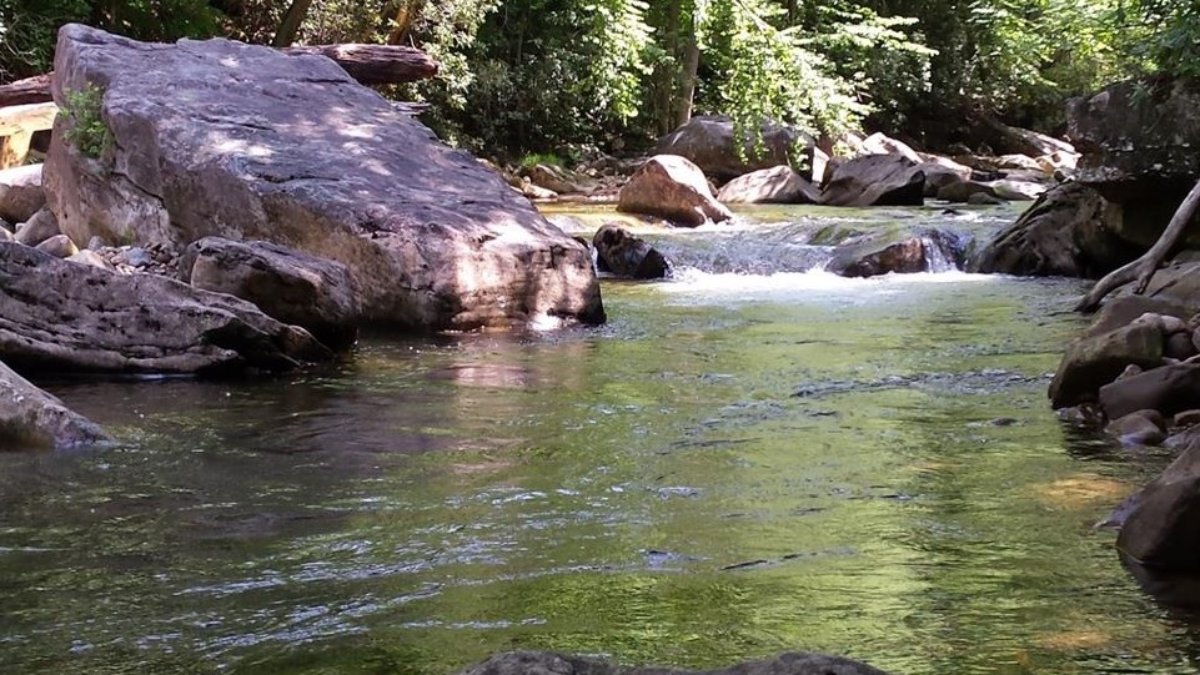
By Chris L Plein
Professor of Public Administration, West Virginia University
Our journeys in inquiry are varied and at times serendipitous. Unexpected events and chance can serve as catalysts for new avenues of study and scholarship. Such has been the case for my own recent journey that has brought be to the study of disaster management in a time of climate change. In the summer of 2016, flash floods hit much of West Virginia. Small mountain towns that for years had been experiencing economic decline due to downturns in the coal and timber industries were especially hard hit. As I watched the news and listened to personal accounts, I was struck by the tragic irony that many of these communities had been built on carbon extraction and exploitation were now falling victim to more intense weather events associated with climate change.
I saw firsthand how government, non-profits, and volunteers can quickly mobilize to assist in response efforts. After spending the better part of a day helping unload trucks in a makeshift depot for donated household goods, foods, and clothes, I was struck by the generosity of spirit of those who gave much more time and effort than I did on a warm summer day. Some had travelled hundreds of miles to help, others were spending days hard at work. Indeed, those immediate days of response effort highlighted and reminded me of the better angels of people and community.
In the months that followed, I would become disappointed but not altogether surprised by our state’s stumbling efforts to engage in substantive and effective recovery work. The task seemed daunting, but not insurmountable. As a political scientist and policy analyst, I began to unbundle the various reasons why both short-term and long-term recovery efforts were falling short. Needed administrative resources were not effectively put to work in managing contracts and communications. Efforts to coordinate and align expectations between communities and state resources were lacking. Federal and state relations became strained. Frustration and blame-shifting mounted, leading to an incomplete and as of yet unrealized recovery effort. These and other pitfalls in disaster recovery are common and have been identified by leading scholars in disaster management, such as Gavin Smith (2018) and his colleagues.
For almost two years, much of my research has focused on using the West Virginia floods as a case study for understanding the challenges involved in disaster management and governance in a time of climate change. To date this research has helped me reformulate some of the big question of social science and the study of politics and administration that center on distributive justice and administrative capacity.
As a professor of public administration, I spend much of my time teaching students about the challenges that loom ahead for good governance in an age of climate change. My goal is to clearly communicate that climate change is the existential issue that society must face now and in the future. Disaster management is one component of this, but so too is land-use planning, public health administration, and community development. Just as there is a need for strong and resilient communities in the face of disaster threats, there is a need for capable and effective administration in a time of climate change.
At the most practical level, it is essential that we ground our students in knowledge gained from important and reputable sources of information, such as recent reports and analyses issued by the U.S. Global Change Research Program (2018) and the National Academies of Science (Steffen et al. 2018). These and other reports help to break through the clutter of hyper-partisan rhetoric which all too often surrounds this subject.
This past summer, I returned to one of the communities hit hardest by the floods. A mile or so upstream from the town, I hiked the banks and waded in the small river that had turned into a raging torrent a couple of years ago. The picture provided above is of that river.
Later, while driving and walking through the town, I saw the now barren lot where the high school once stood. Receding flood waters had also signalled the retreat of some of the few remaining business that stood before the disaster. The town’s ageing and dilapidated infrastructure – its roads and utilities – were under great strain. The path forward for recovery is uncertain.
But that visit brought home the certainty that social scientists have a role to play in helping people, communities, institutions, and society anticipate and address the consequences of climate change.
Sources